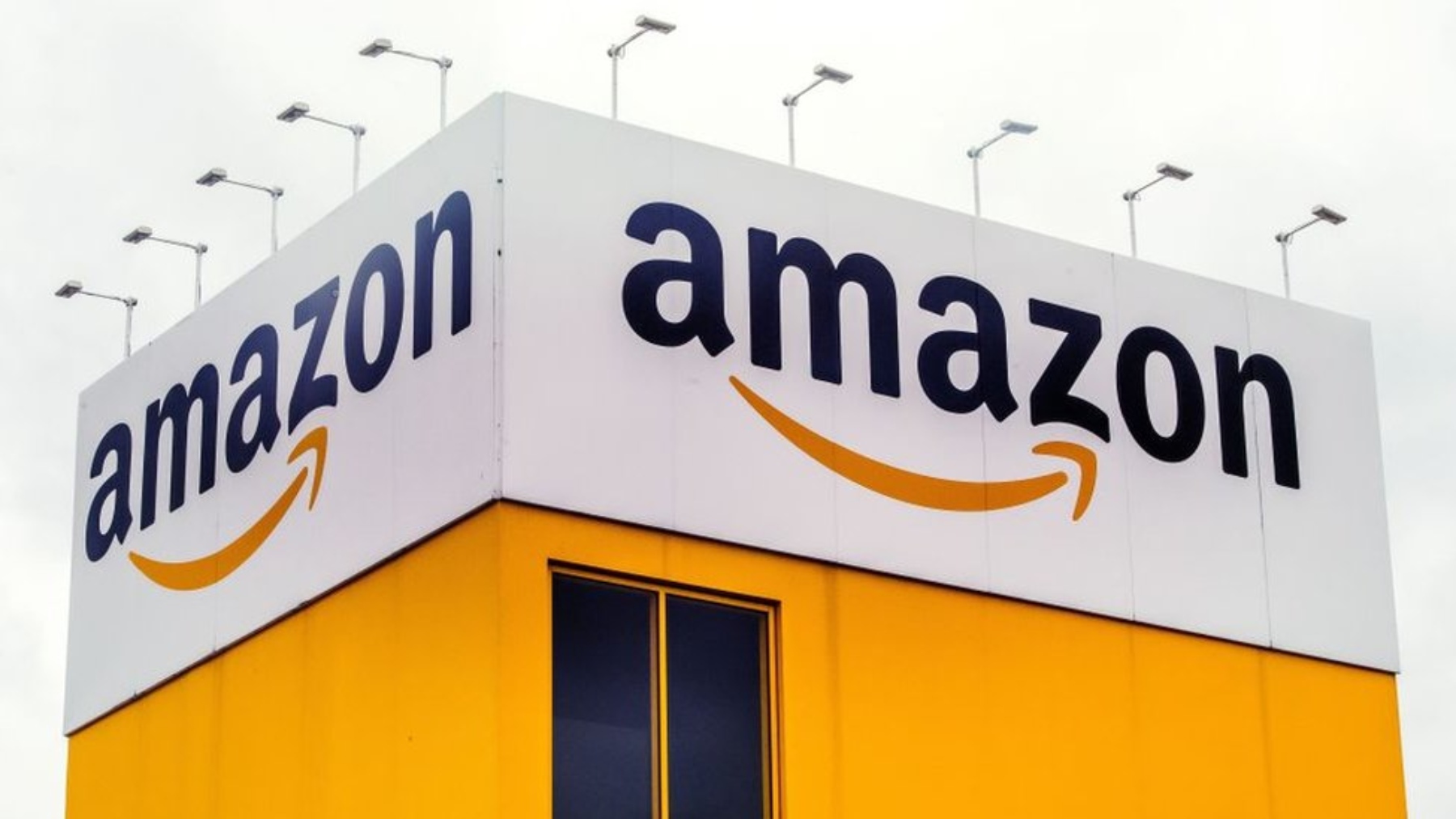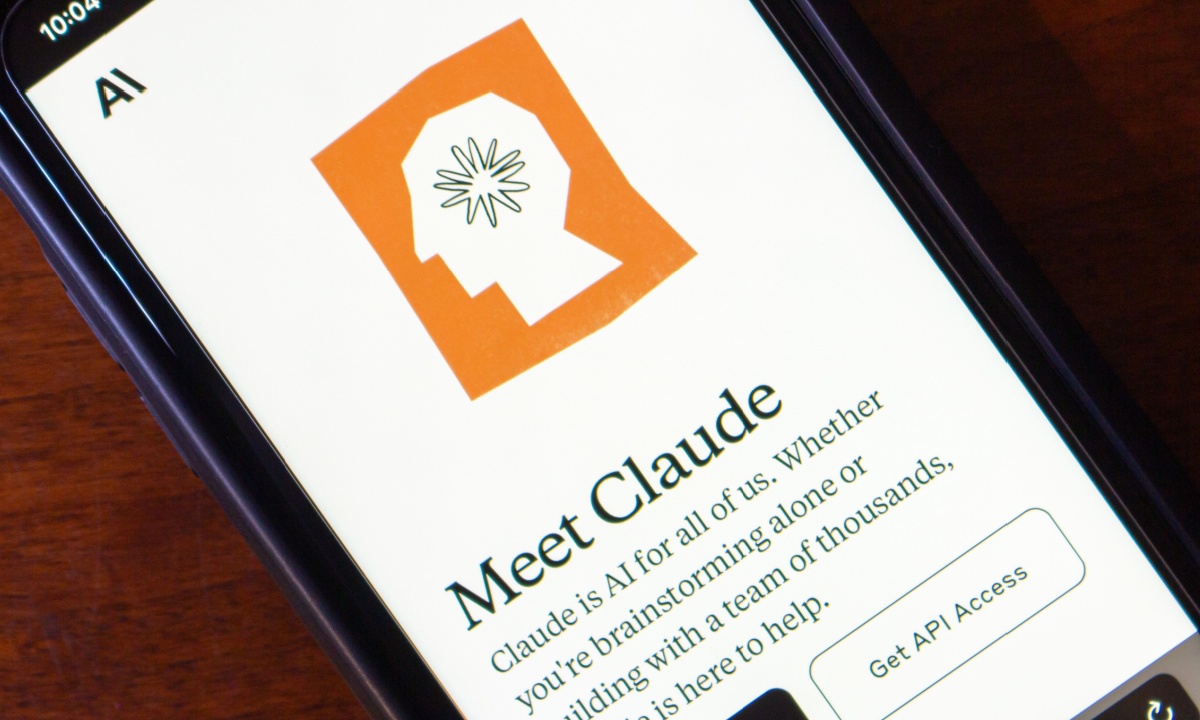Google has gained significant attention in the field of generative AI , particularly with its development of models like GPT (Generative Pre-trained Transformer) and BERT (Bidirectional Encoder Representations from Transformers). These models have shown impressive capabilities in tasks such as natural language understanding, text generation, and more.
Microsoft, on the other hand, has its own AI initiatives and research efforts. While they may not have explicitly singled out Google’s competitive edge in generative AI, Microsoft has been actively working on AI technologies across various domains, including natural language processing, computer vision, and reinforcement learning.
In the realm of generative AI, Microsoft has its own projects such as the Turing Natural Language Generation (T-NLG) model and initiatives like OpenAI’s GPT-3, which Microsoft has exclusive licensing rights to. Additionally, Microsoft has been integrating AI capabilities into its products and services, such as Azure AI and Office 365, to provide value to customers across different industries.
“Encouraging pro-competitive partnerships in the AI space is an effective way to prevent companies from becoming vertically integrated in a manner that would result in an anticompetitive advantage,” Microsoft said.
Microsoft Copilot vs Google Generative AI – The Ultimate AI Battle
Overall, while Google has made significant strides in generative AI, Microsoft remains a formidable competitor in the broader AI landscape, with its own set of technologies, research, and applications.









Leave a Reply